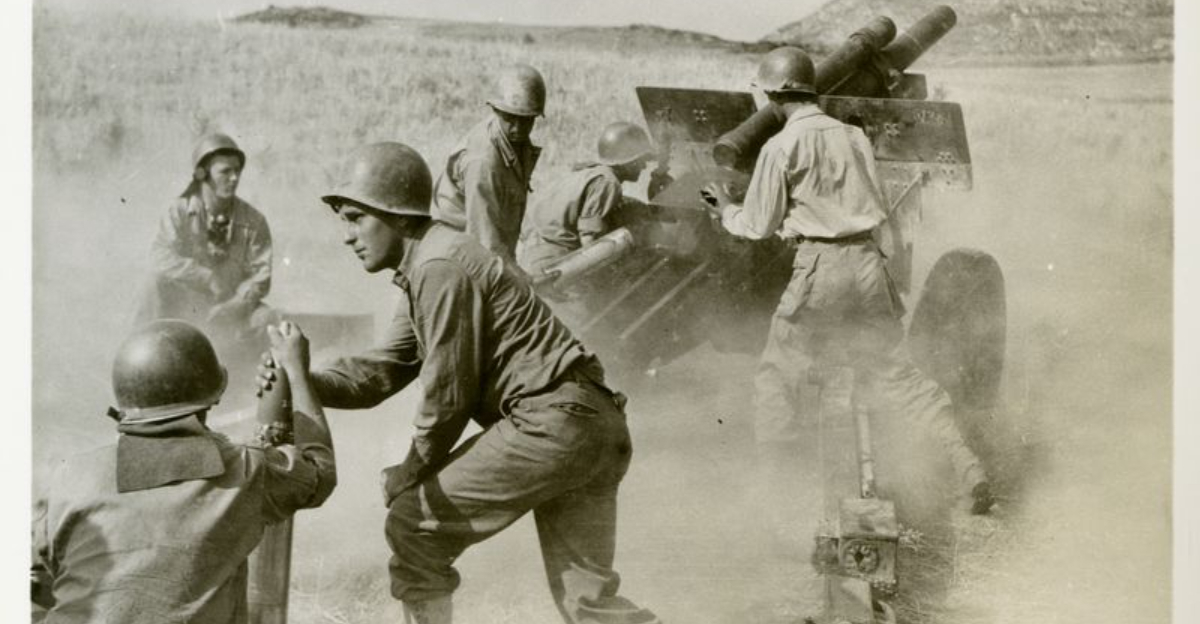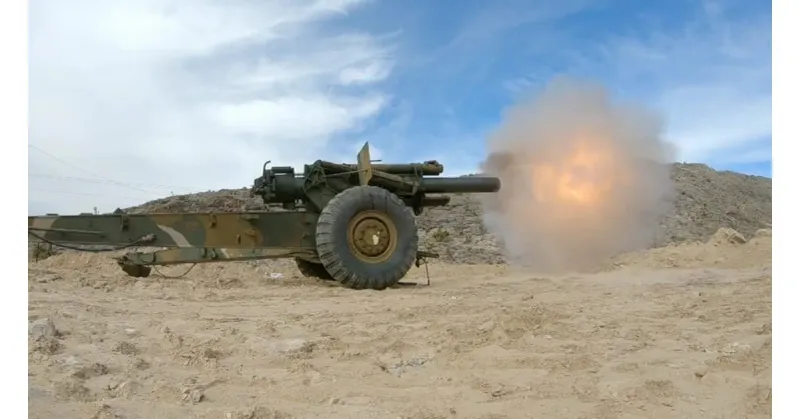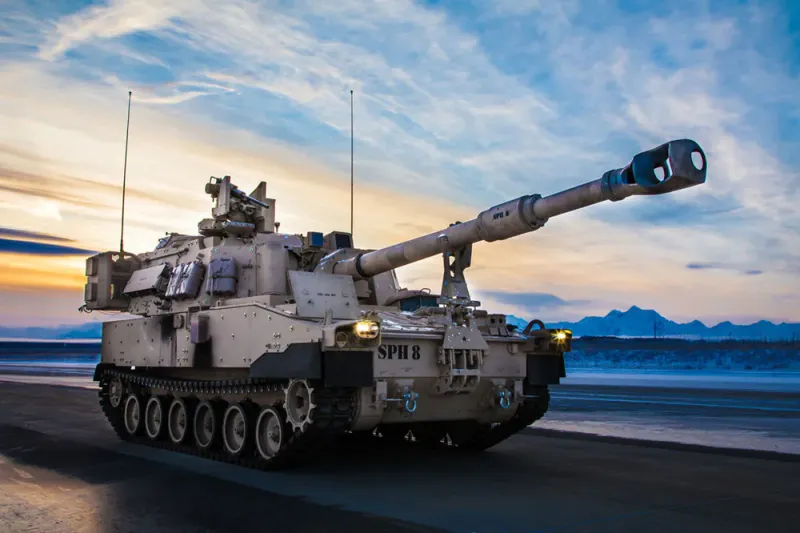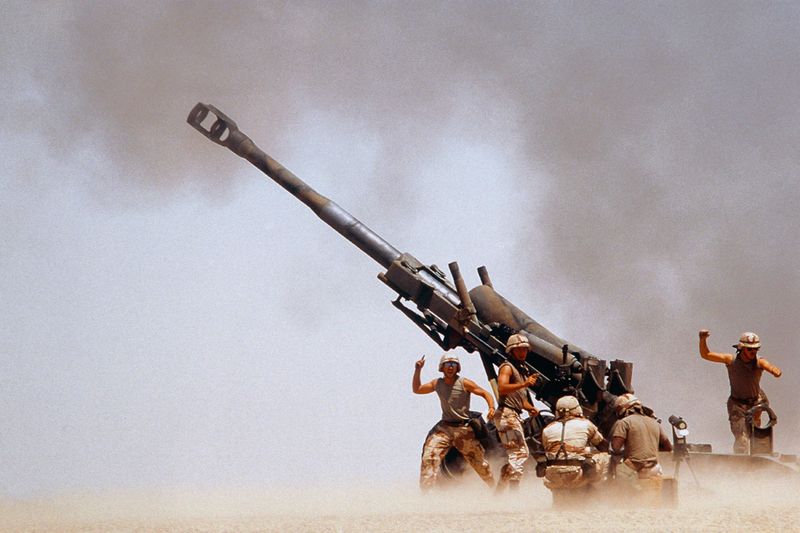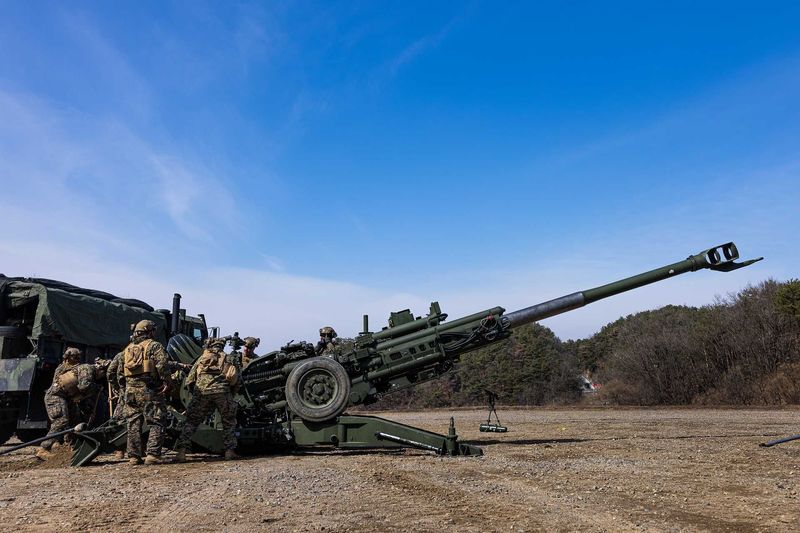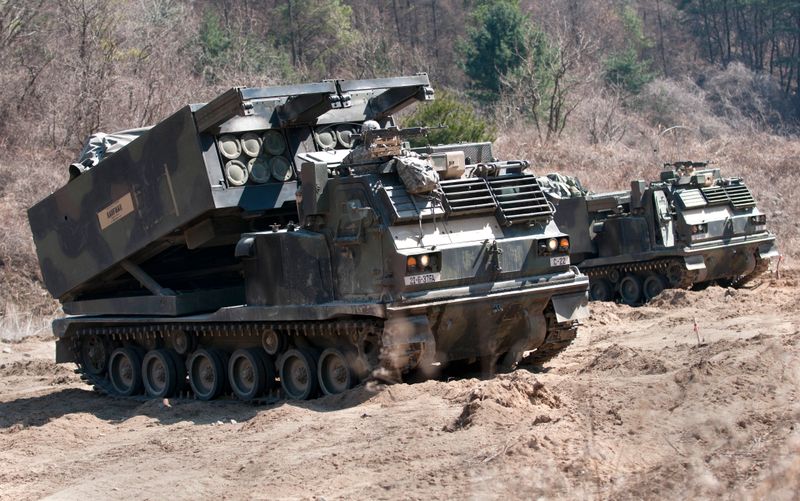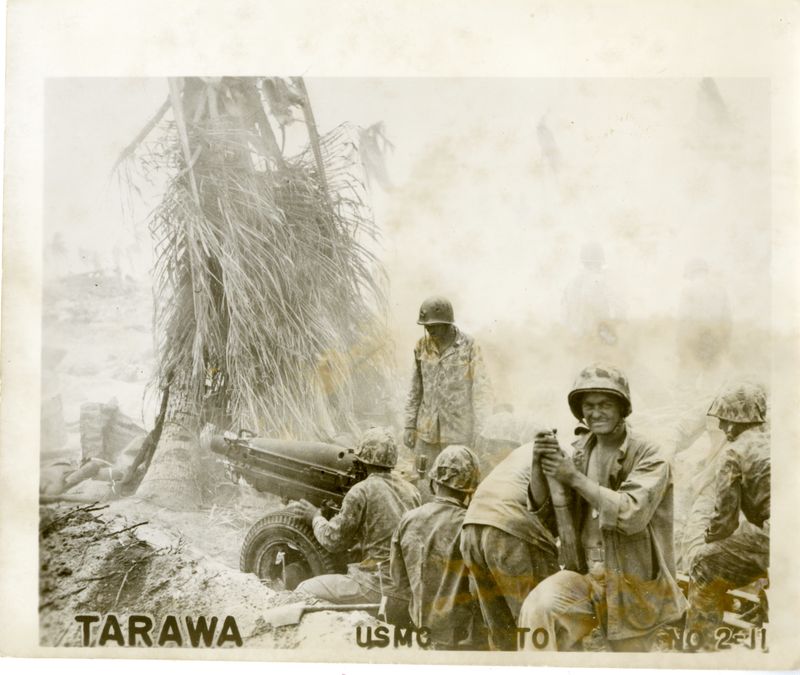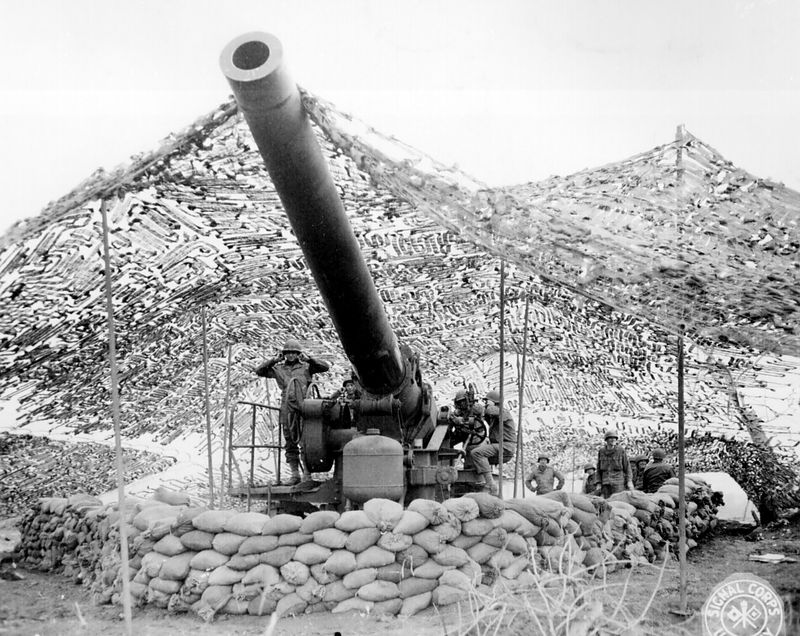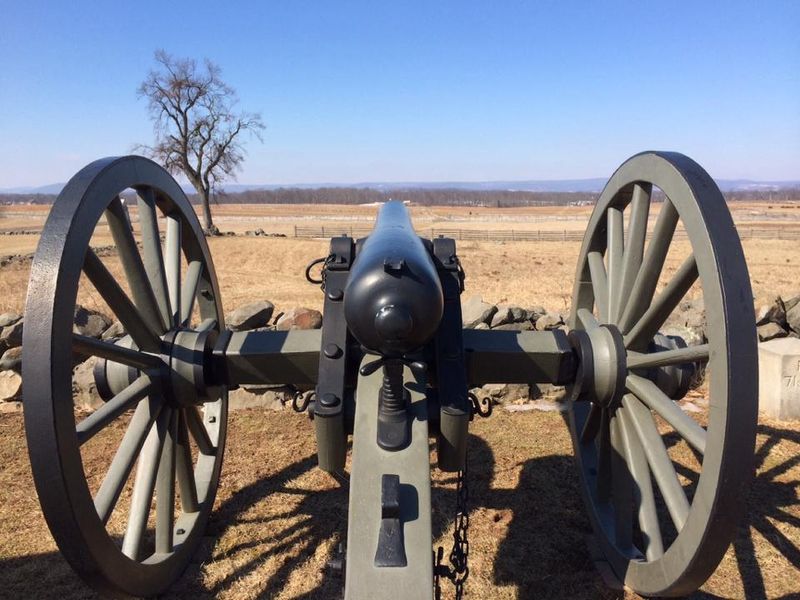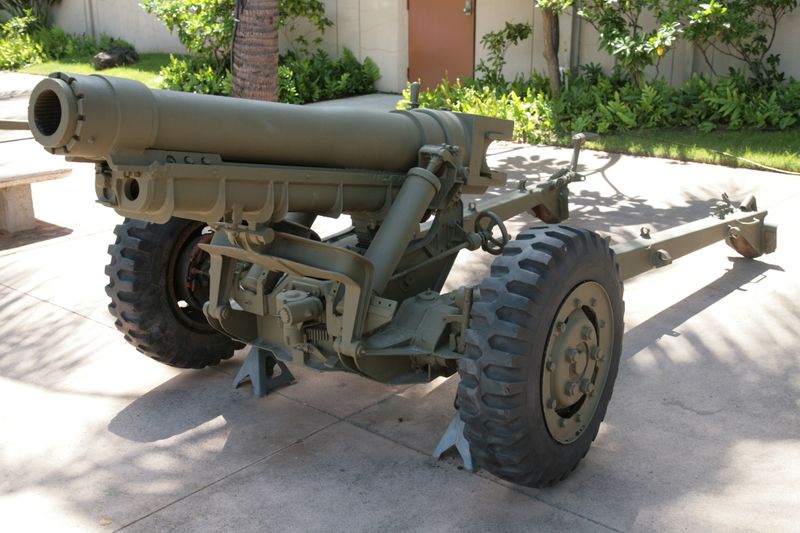From Revolutionary War cannons to Cold War missile systems, American artillery has played a decisive role in shaping military outcomes—and history itself. These 15 iconic artillery weapons didn’t just fire shells—they redefined battlefield strategy, secured victories, and cemented America’s place as a military superpower.
1. The French 75mm Field Gun (Model 1897)
Though French-designed, the U.S. Army used thousands of these during WWI. It was fast, accurate, and capable of rapid fire, earning the nickname “the Devil Gun” from German troops. The compact design and innovative recoil system allowed for quick repositioning, which was crucial in the dynamic fields of Europe.
Its ability to sustain rapid fire made it a formidable opponent. The gun’s impact was profound, supporting infantry and breaking enemy lines, contributing to the eventual Allied victory. Its legacy lies in its pioneering design, influencing artillery development for decades.
2. M114 155mm Howitzer
Adapted from its WWII predecessor, this howitzer provided essential fire support in rugged and unforgiving terrain. Especially in the mountainous Korean Peninsula, it proved invaluable. Its robustness allowed it to withstand harsh conditions, maintaining support for ground troops.
The M114’s versatility and reliability made it a staple in U.S. artillery. In Vietnam, it continued to serve effectively, adapting to jungle warfare’s unique challenges. The howitzer’s legacy is its adaptability, ensuring effective support across diverse combat scenarios, a trait that kept it in service for decades.
3. M1 155mm “Long Tom”
A powerhouse on wheels, the Long Tom delivered long-range precision fire. Critical in both European and Pacific campaigns, it supported infantry from miles away. Its mobility and firepower revolutionized battlefield strategy, providing artillery cover over vast distances.
The Long Tom’s accuracy enabled targeted strikes, disrupting enemy fortifications and supply lines. Its engineering brilliance lay in its ability to combine range, power, and mobility, setting new standards for future artillery. Its enduring legacy in artillery history is a testament to its design excellence and battlefield effectiveness.
4. M109 Paladin Self-Propelled Howitzer
Still in use today, the Paladin offers mobile, armored, and computer-assisted artillery support. Its development marked a leap in battlefield technology, combining mobility with advanced targeting systems. The Paladin’s armor provided protection for its crew, allowing it to operate closer to the front lines.
Its versatility made it a mainstay in U.S. military operations from Vietnam to ongoing conflicts. The blend of technology and firepower ensures it remains at the cutting edge of battlefield strategy. This seamless integration of modern warfare elements underscores its enduring importance.
5. M101 105mm Howitzer
Lightweight, rugged, and deadly effective, the M101 became the backbone of U.S. field artillery. Praised for its reliability and firepower, it served across all theaters of World War II. Its adaptability to various terrains, from European forests to Pacific islands, made it indispensable.
The howitzer’s precision and ease of use ensured consistent support for advancing troops. Its role in key battles was pivotal, shaping the course of the war. Long after WWII, its influence persisted, with many armies around the world adopting its design principles.
6. M198 155mm Howitzer
Versatile and powerful, the M198 delivered devastating fire support with surprising mobility. Its long range and accuracy helped neutralize enemy artillery in open desert warfare. The ability to deliver precision strikes over vast distances made it a key asset in the Gulf War.
In Iraq and Afghanistan, its role expanded, adapting to the challenges of modern warfare. The howitzer’s design facilitated rapid deployment and repositioning, crucial for maintaining pressure on enemy forces. Its contribution to artillery evolution is marked by its balance of power and maneuverability.
7. M777 Lightweight Towed Howitzer
This titanium-built marvel is half the weight of earlier models, allowing rapid deployment by helicopters. Its GPS-guided Excalibur rounds redefined precision artillery. The M777’s lightweight design doesn’t compromise on firepower, a testament to modern engineering.
Its deployment in Afghanistan and Iraq showcased its ability to deliver pinpoint accuracy. In Ukraine, its effectiveness continues to be proven, demonstrating its adaptability to various combat scenarios. The howitzer’s impact is global, setting new standards in artillery design for its blend of portability and precision.
8. M270 Multiple Launch Rocket System (MLRS)
With the ability to rain dozens of rockets in under a minute, this system overwhelmed enemy positions. Its shock-and-awe tactics were crucial in the Gulf War, providing a psychological edge alongside physical devastation. The MLRS’s versatility allows for continuous upgrades, keeping it relevant in modern warfare.
The system’s precision and firepower make it a formidable tool in any arsenal, capable of altering battle outcomes. Its design reflects the shift towards rapid, impactful strikes, establishing a new paradigm in artillery operations. Its continuous evolution ensures a lasting legacy.
9. HIMARS (High Mobility Artillery Rocket System)
The HIMARS’s mobility and pinpoint accuracy make it a modern artillery superstar. Ukraine’s battlefield successes have demonstrated just how disruptive this system can be. Its design enables quick deployment and repositioning, essential for dynamic combat situations.
The system’s precision targeting has reshaped battlefield tactics, allowing for strategic strikes with minimal collateral damage. Its capability to engage threats rapidly and efficiently highlights its role in modern military strategy. HIMARS represents the forefront of artillery innovation, adapting to the complexities of contemporary warfare with ease.
10. 8-inch M110 Self-Propelled Howitzer
The largest self-propelled howitzer ever used by the U.S., it could deliver heavy blows with nuclear or conventional shells. A Cold War juggernaut designed for deterrence, its presence alone was a strategic tool. Its sheer size and firepower commanded respect and caution.
In Vietnam and the Gulf War, the M110 showcased its ability to impact heavily fortified positions. The howitzer’s versatility ensured it could adapt to various types of warfare, underlining its strategic value. Its role in deterrence and combat exemplifies the unique challenges of its era.
11. 75mm Pack Howitzer M1
Designed to be broken down and carried by mule or man, it proved invaluable in mountainous and jungle terrain. Especially for airborne and Marine units, its portability was a game-changer. The howitzer’s design allowed it to be swiftly assembled and deployed, providing crucial support.
In World War II, its role was significant in the Pacific, where traditional artillery couldn’t reach. Its adaptability in Korea further cemented its reputation. The Pack Howitzer’s legacy lies in its innovative approach to mobility, enabling artillery support in previously inaccessible regions.
12. 240mm Howitzer M1 “Black Dragon”
The largest caliber towed artillery piece ever fielded by the U.S., it was used to smash German fortifications and bunkers. During the final push into Nazi territory, its firepower was indispensable. The Black Dragon’s presence symbolized overwhelming force, a morale booster for Allied troops.
Its firepower and precision allowed it to dismantle heavily fortified positions. The howitzer’s engineering brilliance lay in its ability to deliver such massive shells with accuracy. Its role in the Allied advance is a testament to its strategic value and engineering prowess.
13. Atomic Cannon (M65 “Atomic Annie”)
Capable of firing a nuclear shell, this 280mm cannon was more symbol than practical weapon. It demonstrated America’s willingness to deploy nukes from the field, a deterrent during the Cold War. The mere existence of the Atomic Cannon was a psychological weapon in itself.
Its massive size and unique role in military history made it an icon of Cold War tensions. While never used in combat, its presence influenced strategic planning. The Atomic Cannon encapsulates a period where symbolic power was as crucial as actual firepower.
14. 3-inch Ordnance Rifle (Civil War)
Lighter and more accurate than older smoothbores, this rifled cannon became a Union favorite. Its introduction marked a shift towards more modern artillery, influencing battle strategies. The Ordnance Rifle’s precision allowed for targeted strikes, changing the nature of artillery support.
Its role in key battles highlighted its value, offering Union forces a technological edge. The rifle’s durability and effectiveness ensured it remained in use throughout the Civil War. Its contribution to artillery evolution is significant, bridging the gap between traditional and modern artillery warfare.
15. M3 105mm Howitzer
Created for airborne and mountain troops, the M3 was a compact artillery weapon that packed a surprising punch. Perfect for rugged missions behind enemy lines, its design catered to the needs of mobile warfare. The howitzer’s lightweight nature didn’t compromise its firepower.
In World War II, it proved invaluable for operations requiring swift movement and quick deployment. Its adaptability and effectiveness in challenging environments underscore its importance. The M3’s role in supporting airborne operations set a precedent for future artillery development, emphasizing mobility and impact.
